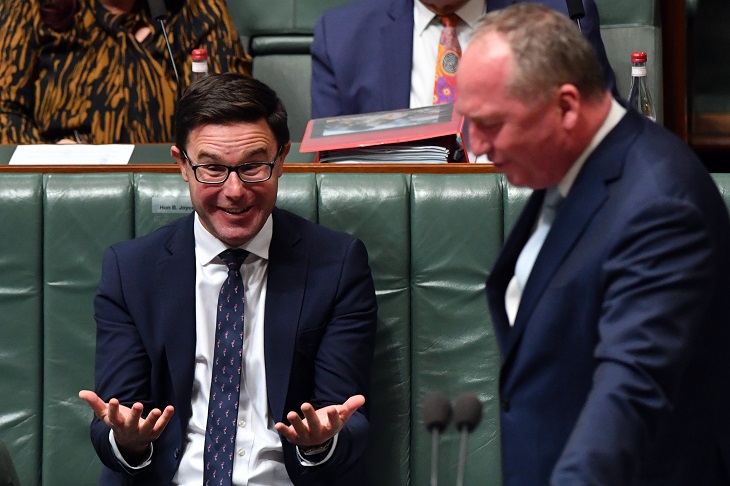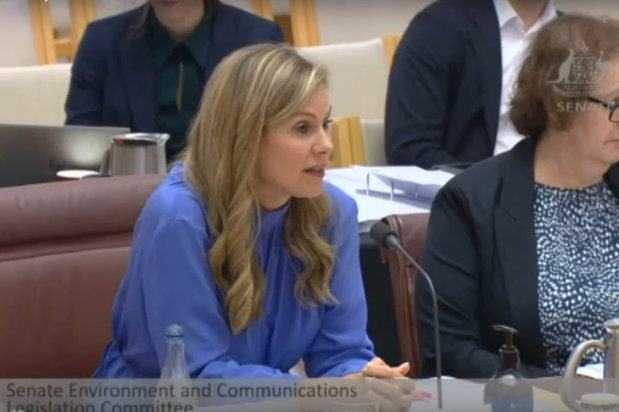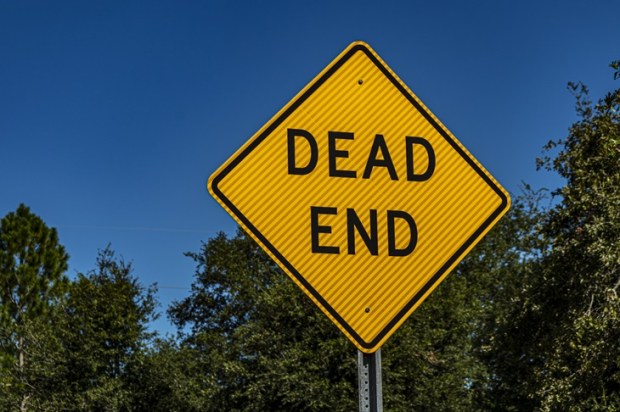With the election result now established, it has been interesting to see how many commentators, politicians, and other experts have the answer as to why we have the outcome we have. It is a strange outcome in so many ways for how else can we explain that a political party with less than one-third of popular primary support can govern Australia with a clear majority in the House of Representatives? Mind you, as a new Australian this writer has many unanswered questions about the electoral system that is uniquely Australia’s.
Among over 200 democracies worldwide, Australia is one of just 13 nations that have legislated any form of compulsory voting. Of the 13, only six nations – including Australia – legislate compulsory voting. The other seven have various exemptions based on age (which Australia shares), occupation, or some other reason that makes it easy to avoid voting. Of all those democracies where there is no compulsion to vote, the average turnout at the polling station is around 60 per cent to 65 per cent. The other one-third neither care nor make an effort to participate in democracy. They have to be happy whomever gets elected. But that is their choice, and it is choice that underpins a truly democratic society.
When one stands in line to vote in Australia, nothing is more frustrating than the knowledge that between me, the voter in front and the voter behind, just one vote is going to be effective. For the vote of whoever is forced to do something they do not want to do will, in all likelihood, simply negate one vote of the other two.
Then there is the malarkey that is the Australian electoral system – preferential voting. But even preferential voting has all the appearances of a committee compromise. There is ‘majority preferential instant run-off voting’ in single-member seats to elect the House of Representatives and there is the ‘single transferable vote proportional representation system’ to elect members of the Senate. And to muddle the mind of every eligible Australian voter, each state and territory has variations meaning state and territory elections are done differently.
Over more than a decade, I have yet to find an Australian on the street who can explain either system. Nor can they explain how a member gets elected having attracted less than 1 per cent of the primary vote, as happened with the Motoring Enthusiast’s candidate Ricky Muir. He won a federal seat in the senate on a record low primary vote of 0.51 per cent in Victoria in 2013.
It is little wonder the outcomes we get from this system are difficult to explain, but the malarkey doesn’t stop there.
Not only do we have a governing party that attracted the vote of less than a third of electors in the Lower House, but that governing party does not have the most party votes in the Upper House. The Opposition Coalition which has absolutely no power in the Lower House has by far the most Senate seats, but again no power unless in concert with the crossbench. The government therefore relies on the support of minor parties and independents to pass legislation through the Senate. In fact, the power in the Upper House rests not with either the two most popular parties, including the governing party, but with a minor party that attracted about 12 per cent support from the electorate!
You cannot make this stuff up easily. It is way harder than explaining cricket to an American.
When we get outcomes like this from what is clearly a weird electoral system, that anyone knows why an election in Australia was won or lost remains a mystery.
The most popular theory is that the 2022 election was the ‘Climate Election’ – the one where the voters finally made the point that they wanted more ‘action on Climate Change’. However, Climate Change has been a hot topic for the previous four elections and the electorate voted against any candidates pushing for more action. There is no evidence to confirm such a swing in sentiment.
Another popular theory was that the election result was a verdict on the unpopularity of Scott Morrison – Prime Minister since 2018. The Prime Minister now is Anthony Albanese who since 2018 never led or even matched Morrison as preferred PM in any poll between 2018 and the start of the 2022 election campaign.
Then there is the theory that the 2022 election was the election that signaled the rejection of party politics and brought to the fore, the independent candidates that everyone wants. So how does one explain that independents attracted a little over 5 per cent of the primary vote nationwide. Hardly a stinging endorsement of independents over party candidates.
The problem with all of these theories is that no one really knows. At least Australia can be sure the secret ballot principle works. Even Malcom Turnbull knows that – reminding the media that his vote was a secret ballot. He is the only one who knows why he voted the way he did.
The fact is no one truly knows how any voter voted or why. No commentator politician or expert can enter the minds of any voter therefore they can only postulate what best suits their narrative.
Can we take anything from this election that is reasonably reliable and evidence-based?
There is another theory and this one has the evidence to back it up. More importantly, it is a theory that has the support of a comment made by a paramedic who shall remain nameless but who spends her days among the community at large tending to whatever needs they have.
Over the past couple of years our paramedic has served the community through the stresses of Covid both in the big city – Sydney – and out in the country regions. When asked if there was anything that stands out, the response was:
‘Definitely. Within the city the demand for our services is non-stop 24/7. There is no end of the issues they have. They must have help now, insist on going to a hospital or medical centre for help and complain all the way that nobody is doing enough for them. In the country it is quite different. People there are very reluctant to call for help. They thank us profusely for coming, apologise for being any trouble and whatever happens, they would rather go home to look after themselves than go to a hospital or medical centre.’
I feel this probably encapsulates what is going on in Australia today. There is a massive divide between the cities and the regions and the election results bear that out.
How else does one explain how the Nationals – a party almost exclusively representing people in the regions retained every seat it previously held? How else does one explain how the outgoing Coalition improved their support in Tasmania, most importantly in the most marginal seats? How does one explain the re-election of the Coalition candidate in Far North Queensland on an increased level of support over the closest rival?
On sheer volume of voting numbers the 2022 election was always going to be decided in the big cities. But the voting result shows clearly voters in the regions have entirely different views. They did not agree on the issues. They did not agree on the problems. They did not agree on the solutions. Their view on politics in Australia is diametrically different to the view of those that live in the cities.
Is it that voters in the cities are just like those in the community served by paramedics? Is it that cities voters always see something wrong? They rely on others to fix it and therefore it is government who are responsible for their lives. They are impatient for change whatever the cost or inconvenience for others.
Meanwhile in the regions, the attitude is more of one where although nothing is perfect, we can and will fix it. Just keep the government out of it and let us get on with our lives.
Got something to add? Join the discussion and comment below.
Get 10 issues for just $10
Subscribe to The Spectator Australia today for the next 10 magazine issues, plus full online access, for just $10.


























Comments
Don't miss out
Join the conversation with other Spectator Australia readers. Subscribe to leave a comment.
SUBSCRIBEAlready a subscriber? Log in